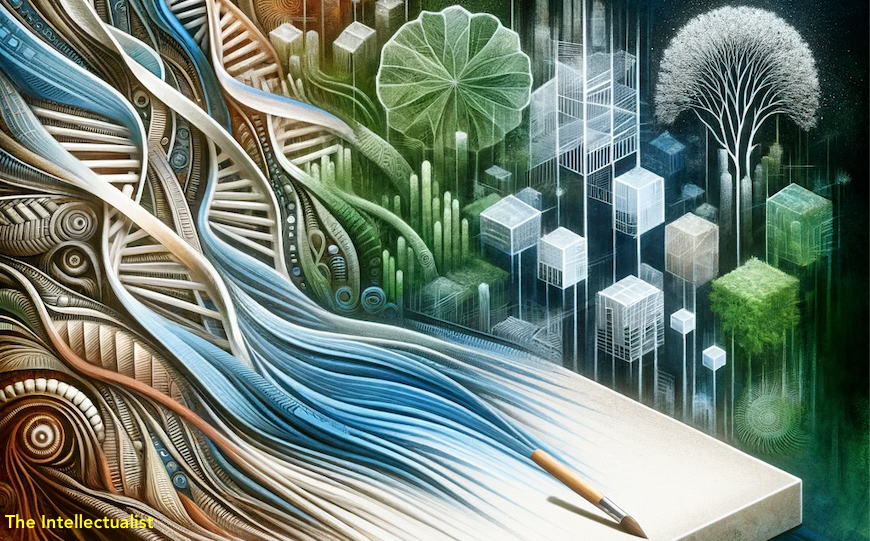Nature, Nurture, and the Myth of Tabula Rasa: How Genetics and Environment Shape and Limit Life’s Possibilities

The concept of tabula rasa, or the blank slate, suggests that individuals are born without pre-existing traits or tendencies, shaped entirely by their experiences. However, this idea is fundamentally flawed. People are born with genes inherited from their parents, which play a significant role in shaping their abilities and predispositions.
Furthermore, the era and environment into which one is born profoundly impact the opportunities and challenges they will face. For instance, an individual with a genetic predisposition to excel in programming born in ninth-century England as a serf would have a vastly different life outcome compared to someone with the same predisposition born in nineteen eighty-five.
People are not only born with varying genetic traits—such as height, physical attractiveness, and intelligence—but they are also born into diverse environments that significantly influence their development. A child raised in a nurturing environment, with access to resources, love, food, and empathy, is far more likely to become a successful and happy person compared to a child raised in an abusive or neglectful setting.
Thus, the notion of a blank slate is a fallacy. We are born with our unique genetic “blueprint,” much like a slate that is already marked in invisible ways. A slate, in this context, represents a smooth, flat surface ready to be written on. The idea of a blueprint suggests that our genetic makeup has already inscribed certain features into our being, even if these marks are not immediately visible. Our environments further shape these potential outcomes. This interplay between genetics and environment leads to stochastic determinism.
To clarify, “stochastic” refers to processes that are randomly determined, involving some level of unpredictability or chance. “Deterministic,” on the other hand, refers to processes that are determined by specific factors, leading to predictable outcomes. At first glance, these terms might seem contradictory—how can outcomes be both random and predetermined? However, in the context of human development, they are fitting together. The combination of one’s genetic makeup (deterministic factors) and their upbringing (stochastic factors) sets a probabilistic range of life outcomes. This means that while certain genetic predispositions provide a framework (deterministic), the environment and random life events introduce variability and chance (stochastic), creating a spectrum of potential outcomes, barring any unexpected events or black swans.
Understanding that we cannot control our genes—at least not yet—we can, however, control the environment in which we are raised. By investing in early childhood education, social safety nets, clean water, healthy food, and overall better living conditions, we can create a more equitable society. These interventions can significantly reduce the likelihood of negative life outcomes, allowing individuals to fully develop their natural talents.
Imagine a world where no one has to worry about basic survival needs such as hunger, housing, and healthcare. The amount of free time and mental energy this would free up could be redirected towards self-development and personal growth. By strengthening the social safety net, we can create conditions that allow for a wider range of possibilities and outcomes, approaching the ideal of a blank slate.
While we cannot erase the genetic “blueprint” we are born with, we can strive to provide an environment that maximizes each individual’s potential. By addressing basic needs and reducing existential fears, we create a society where more people have the opportunity to succeed and thrive. This approach not only challenges the fallacy of the blank slate but also offers a pragmatic path towards a more just and equitable world.

